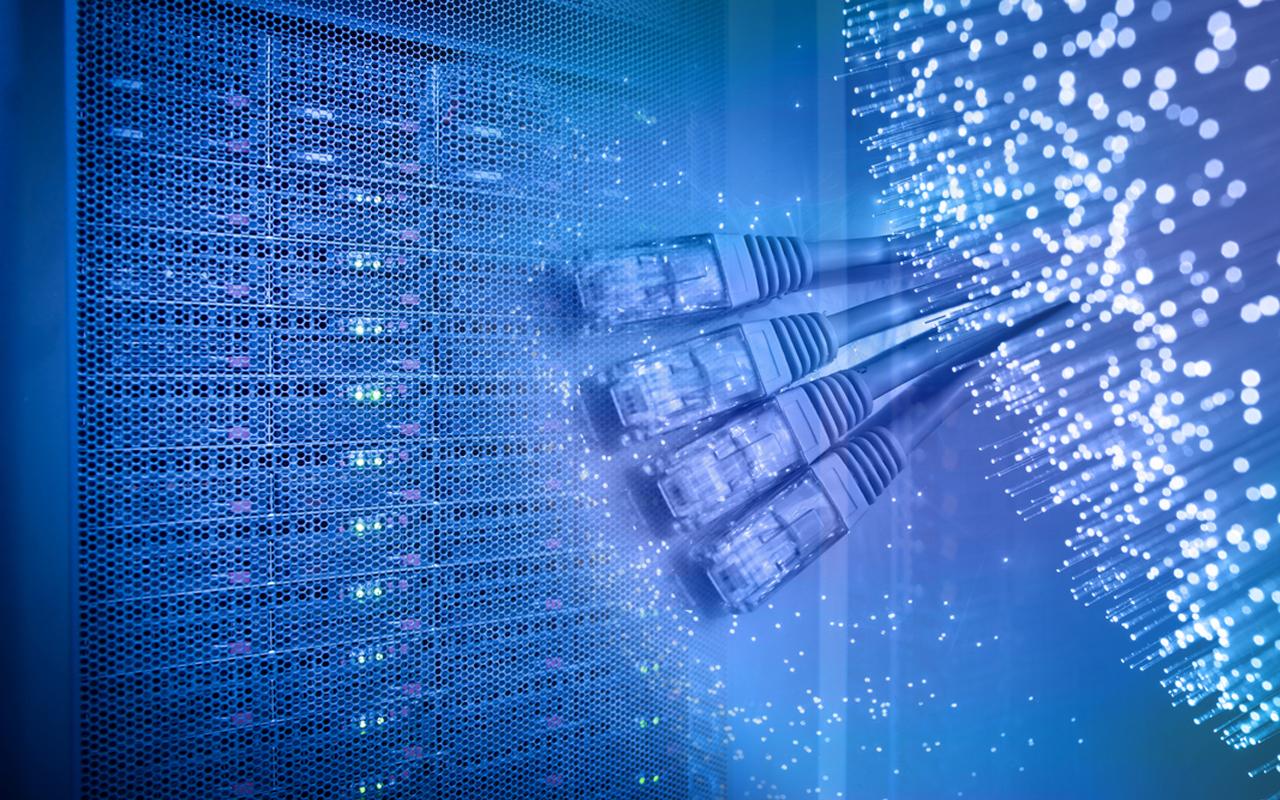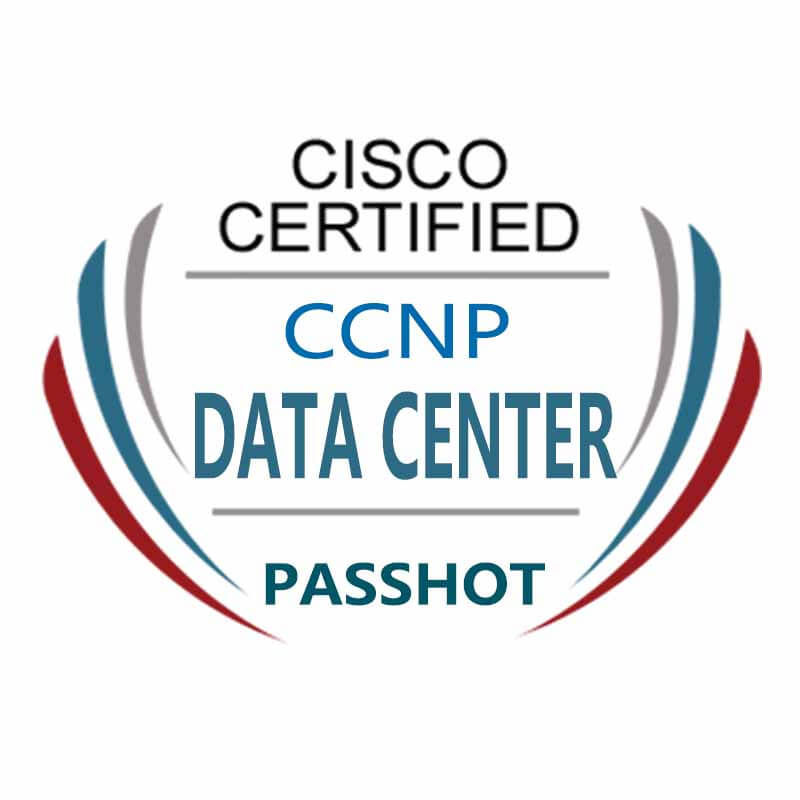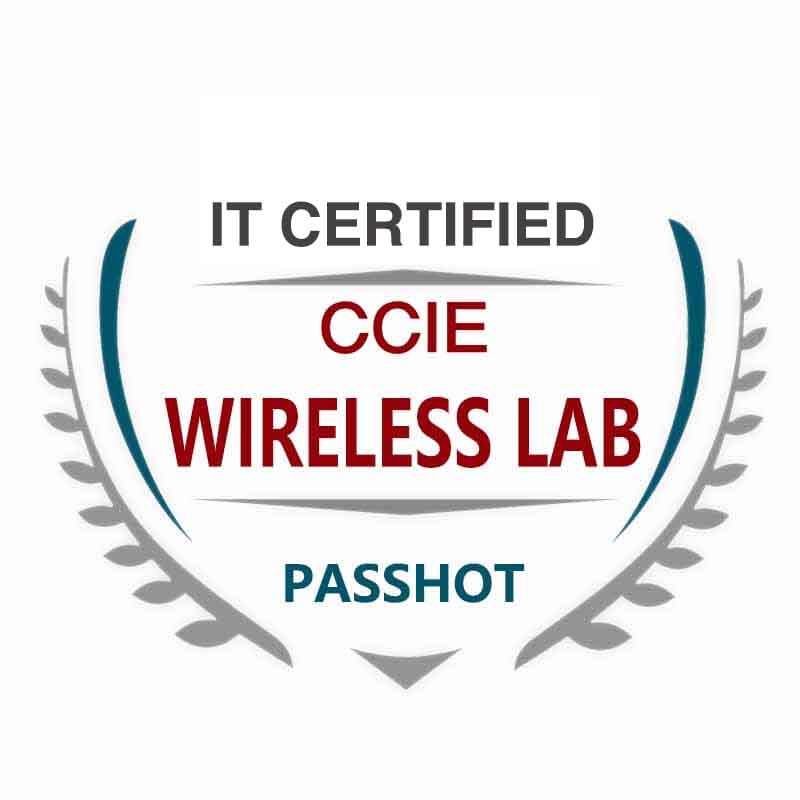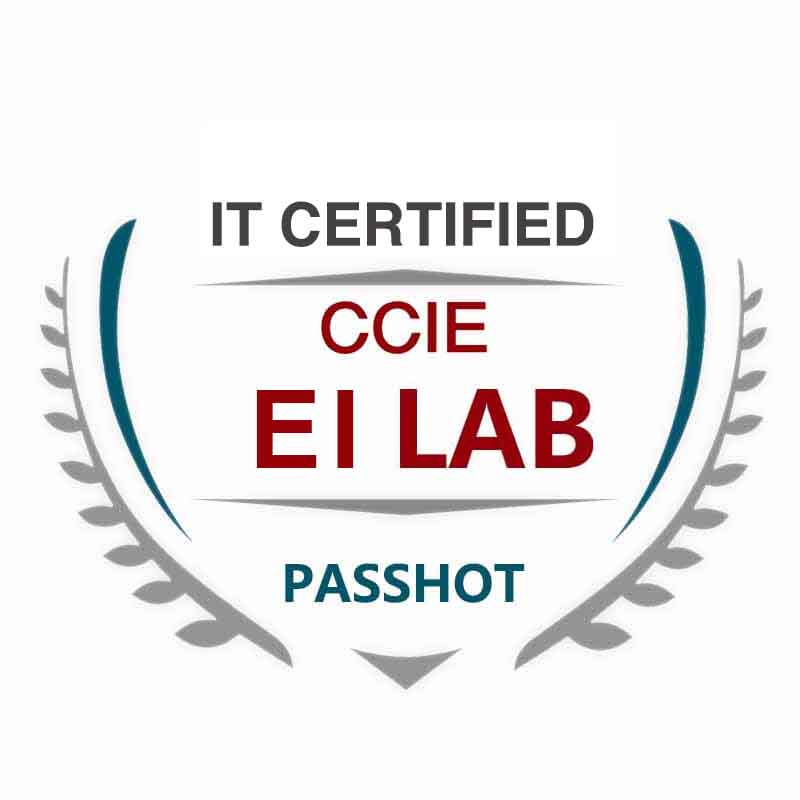100% Pass Cisco, PMP, CISA, CISM, AWS Dumps on SALE!
Get Now
01:59:56
X
The facts of the edge era about Wi-Fi 6, 5G and IoT
Wi-Fi 6 and 5G technologies will play an increasingly important role in the future, but enterprises will still tend to use Wi Fi 6 to create internal connections.
Today, the enterprise IT environment is rapidly becoming a data-centric, widely distributed environment, including tens of billions of smart devices that need to be connected. This will form the Internet of Things (IOT) and use artificial intelligence (AI), machine learning, big data, and advanced analytics to generate petabytes of data, multiple public and hybrid clouds, and modern applications.
The core of all this is the wireless network, which can support all these devices, move all data, link all these cloud platforms, and meet the speed, capacity, and latency requirements of these modern workloads.
Wi-Fi 6 and 5G (the latest versions of Wi-Fi and cellular protocols) have entered the world. Wi-Fi 6 and 5G are designed to meet all the demands of an increasing number of devices and users, as well as an increasingly wide range of high-bandwidth and time-sensitive applications, in terms of speed, capacity, throughput, reliability, and connection density There are significant upgrades.
Although Wi-Fi and WAN networks usually play different roles (Wi-Fi is in the local high-mobile network, WAN networks are at a higher level), Wi-Fi 6 and 5G coordination will be more than current Wi-Fi and LTE networks Coordinating work well to provide higher mobility, capacity and data rate, in this increasingly mobile world, this will be very important for enterprises.
This article focuses on the views of Stuart Strickland, an outstanding technical expert of the HPE CTO team, and explains and analyzes the differences and complementary relationship between Wi Fi 6 and 5g when the technology enters the mainstream market.

Data point 1: Wi-Fi 6 and 5G are complementary
Wi Fi 6 and 5G are one of many complementary technologies, including Bluetooth low energy technology and ZigBee technology, which can connect more and more users, things and applications, and gain practical insights from them. Because the 5G architecture separates cellular core services from a specific radio access network (RAN), these services can be provided through any number of front-ends (Wi-Fi, LTE, and even fixed wireline networks). In view of Wi Fi 6's good economy and high performance, many service providers will choose Wi Fi as the indoor wireless front-end for 5G systems to replace distributed antenna systems (DAS) or small cellular networks.
Data point 2: Development and improvement
Cellular networks are traditionally good at providing macro area coverage and supporting high-speed switching. Although 5g has introduced new features designed to make it more attractive than 4G LTE, Wi-Fi will still be a more attractive option for most enterprise applications for various reasons. For example, although industry manufacturers claim that 5g can provide higher speeds, this progress depends on the bandwidth available only in the millimeter wave band, and the millimeter wave band does not penetrate the room, so a denser and more expensive deployment is required. By moving resources closer to the edge of the network than a centralized 4G-LTE network, 5g can be implemented to reduce latency, but enterprise applications that require low latency have combined edge computing with Wi-Fi networks.
The design of network slicing and other functions makes 5G network more flexible than 4G LTE network, but Wi-Fi network divides users and network resources for a long time, so that enterprises can customize the network according to their specific needs. At the same time, operators continue to use LTE-advanced and LTE-Pro technologies to upgrade 4G networks. If the performance gap between them is limited in most cases, operators may be reluctant to bear the cost of the new 5g network, nor are they willing to sacrifice the limited IF spectrum currently dedicated to 4G.
In addition to this, when considering new innovations such as uplink and downlink orthogonal frequency division multiple access (OFDMA), transmit beamforming, 1024 quadrature amplitude modulation mode (QAM), and target wake-up time (TWT) The innovation of Wi-Fi 6 responds to the requirements of enterprises for high-density performance, and will continue to be the choice of enterprises in these environments. But Wi-Fi has never been a global service. It will continue to provide high-quality coverage locally, and some combinations of 4G and 5g cellular base stations are still options for operators to provide wider coverage.
Note: Beamforming or spatial filtering is a signal processing technique used in the sensor array for directional signal transmission or reception.
Data point 3: Cost issues
Although the industry has been discussing the potential of 5G to replace Wi-Fi as the main tool for providing indoor access, the fact is that cost plays a key role in everything that companies do. For many reasons, replacing Wi-Fi with 5G within an enterprise will be a costly move for many reasons:
● First of all, the price of a cellular base station is several times that of a Wi-Fi access point (WAP), mainly because of the embedded cost of obtaining a cellular technology license.
● Second, supporting multiple operators means deploying multiple layers of 5G small cells instead of a single neutral Wi-Fi host layer.
● Third, client cellular equipment itself is more expensive, not only because of the high cost of hardware (for the same reason, the infrastructure is more expensive), but also because of the high cost of ordering. This is especially worrying for companies that need to connect a large number of IoT devices and sensors.
● Fourth, in order to achieve the same performance as Wi-Fi 6, 5G will need to work in the millimeter wave band, requiring more intensive deployments to establish similar coverage areas. Unlike 4G, 5G provides the best throughput, but it does not provide good mobility.
●Finally, because WAN networks are not backwards compatible, enterprises transitioning from Wi-Fi to 5G WAN networks will need to invest in parallel to support new technology infrastructure or upgrade all equipment immediately.
Data point 4: backward compatibility
With the huge investment in traditional network components and equipment, enterprises must be able to upgrade and depreciate these assets to support the requirements independent of the transition to network infrastructure. This is important. In this respect, the design concepts of IEEE (Wi-Fi) and 3GPP (cellular network) are fundamentally different. For the new generation of Wi-Fi, IEEE has been committed to supporting all old devices and ensuring that they can connect to new infrastructure.
On the other hand, each new generation of cellular technology is a new beginning, which means that engineers engaged in new cellular technology are not bound by the past, and the new 5G network will not support any previous generation equipment. The installed 4G client group will not run on the new 5G network. The spectrum dedicated to 4G networks is not suitable for 5G, although new 5G devices will be able to create the illusion of network continuity by using 4G LTE networks without 5G connections, but this is achieved at the additional cost of each device supporting multiple modems of.
Data point 5: better switching
Although people rely on Wi-Fi and cellular networks and are used to switching back and forth between them, the low mobility between Wi-Fi and cellular networks is always a common experience. During a mobile conference, when entering a building, unless users use the Wi-Fi network with foresight, the loss of cellular coverage usually results in service disruption.
These interferences will be resolved by Wi-Fi 6 and 5G. The 5g core network specification introduces a more complex Wi-Fi network communication method, even if it is managed by a private organization rather than an operator. Wi-Fi networks can share more information with 5G cellular networks, such as coverage, minimum data rate, maximum latency, and current load, enabling the cellular network to make intelligent closed-loop decisions about switching and offloading. The purpose is to make the Wi-Fi 6 local area network look like another node of the integrated network in the cellular network, so these conversions can be performed without any user intervention or knowledge.
Data point 6: Speed and capacity requirements
In the past, Wi-Fi can only support multiple devices on one access point, while Wi-Fi 6 can support more than 1,000 connections at the same time, which is a key factor in the era of the Internet of Things. In the era of the Internet of Things, there are not only more devices, but also more types of devices that need to be managed. 5G will also support more devices than 4G, but its capacity is more limited than Wi-Fi, unless it can make a trade-off between coverage and mobility using high-frequency millimeter waves.
Data point 7: High security
Security is a key area where Wi Fi 6 and 5G are superior to their predecessors. 5G provides security improvements through LTE, including multiple authentication methods, better key management, and traffic encryption. In addition, network slicing will drive finer access control. Wi-Fi 6 provides higher security than the previous generation through the new WPA3 and enhanced open security standards. These standards provide stronger encryption functions and simpler IoT security configurations. The enhanced openness complements the security provided by WPA3. WPA3 improves data confidentiality while maintaining the ease of use of open public networks such as cafes, airports, and stadiums. These networks will encrypt connections without requiring user authentication .
Wi-Fi and cellular networks have become key drivers in an increasingly mobile world. With the rise of the Internet of Things, cloud computing and edge computing, this connection is more important than ever. In this environment, although Wi-Fi 6 and 5G are different in many ways, they will play a complementary role to jointly create a more complete ubiquitous, safe and reliable connection picture, which is tens of billions in the world. It is indispensable in IoT devices. Here, you can access storage applications and data can be seamlessly transmitted and stored anywhere, and emerging technologies such as artificial intelligence and big data analytics will change the way businesses operate.
The above is the news sharing from the PASSHOT. I hope it can be inspired you. If you think today' s content is not too bad, you are welcome to share it with other friends. There are more latest Linux dumps, CCNA 200-301 dumps, CCNP Written dumps and CCIE Written dumps waiting for you.
Cisco Dumps Popular Search:
ccna 200-125 best dumps cisco ccna 1 exam answers ccie lab ios version ccna routing and switching dumps ccna devnet dump ccie data center written 400-151 cost cisco ccna exam price ccie dc vs ccie r&s cisco certification 500-490 do you have to do ccna before ccna security
Copyright © 2025 PASSHOT All rights reserved.






